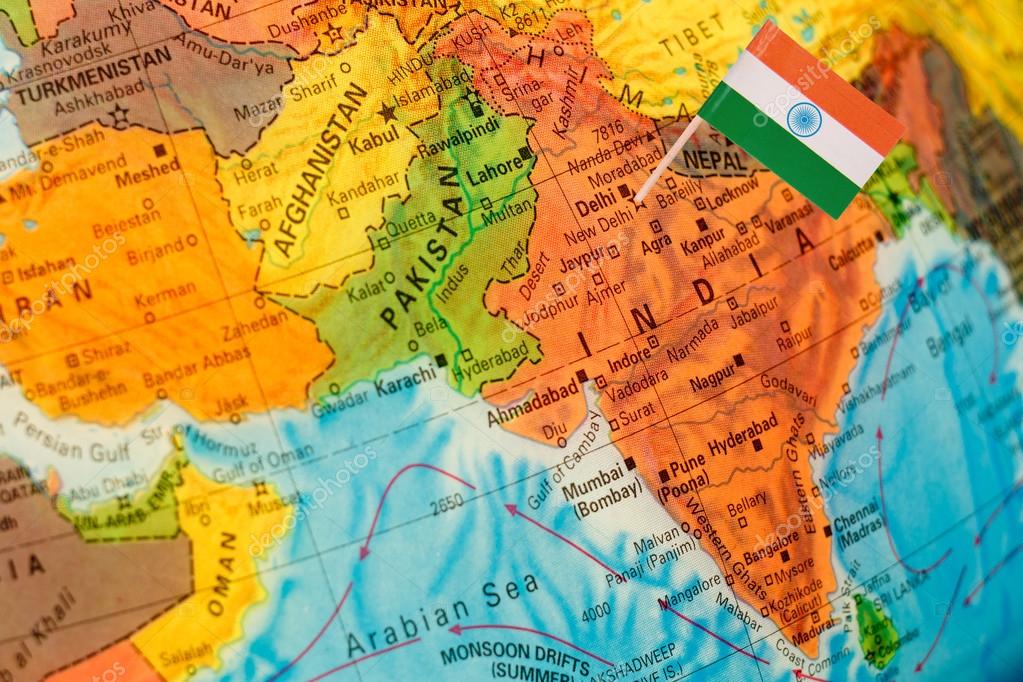Important Geophysical phenomena such as earthquakes, Tsunami, Volcanic activity, cyclones etc.,
Q1. Explain the mechanism and weather events associated with ‘Anticyclones’ in India during summer.
Anticyclones, also known as high-pressure systems, play a significant role in shaping weather patterns over India during the summer months. Here’s a breakdown of the mechanism and associated weather events:
Formation and Mechanism:
● Anticyclones are characterised by clockwise rotation of winds around a central area of high pressure. In the context of India, they typically develop over the North Indian Ocean and the Indian subcontinent during the pre-monsoon season.
● The formation of anticyclones is influenced by the interaction between two major atmospheric jet streams: the Indian Easterly Jet (IEJ) and the westerly jet stream. The IEJ forms in the upper atmosphere around 10 degrees N latitude, while the westerly jet exists further north around 30 degrees N latitude.
● During the pre-monsoon season, the IEJ and the westerly jet together generate an anticyclonic pattern over the Indian Ocean and the Indian subcontinent.
‘Anticyclones’ in India during summer:
● The Arabian Sea anticyclone, the stronger and larger of the two, remains for almost three months, disappearing only after the onset of the monsoon, in late May or early June.
● The Bay of Bengal anticyclone introduces cool winds from the Bay, maintaining the temperature along the east coast.
Weather Events Associated with Anticyclones:
● Hot and Dry Conditions: Anticyclones are typically associated with stable atmospheric conditions and subsidence of air, which leads to clear skies, limited cloud cover, and reduced chances of precipitation. This results in hot and dry weather over many parts of India.
● Heat Waves: The sinking air within the anticyclone leads to compression and warming of the air near the surface, creating a high-pressure heat dome. This exacerbates temperatures during heat waves, making them more intense and prolonged.
● Unusual Rainfall Patterns: While anticyclones are generally associated with dry conditions, they can also influence rainfall patterns in localised areas. In some cases, anticyclonic circulations over the North Indian Ocean can drive unusual rainfall events, such as the historic rainfall over Odisha or the Dubai floods mentioned in the passage.
Impact of Anticyclones on Prediction and Preparedness:
● Anticyclones contribute to the background state of weather conditions during the pre-monsoon season, influencing the duration, intensity, and frequency of heat waves.
● Understanding the strength and persistence of anticyclones is crucial for accurate weather predictions and early warnings, especially for heat waves and other extreme weather events.
● India’s early-warning systems, such as the ‘ready-set-go’ approach, take into account the presence and behaviour of anticyclones to prepare for and mitigate the impact of extreme weather events.
Conclusion: Anticyclones in India during the summer months contribute to hot and dry weather conditions, exacerbating heat waves and influencing rainfall patterns. Understanding their formation and behaviour is essential for accurate weather predictions and effective disaster preparedness.
Source The Hindu
https://epaper.thehindu.com/ccidist-ws/th/th_international/issues/81162/OPS/G4NCMQDJ6.1+G48CNVSAN.1.html

